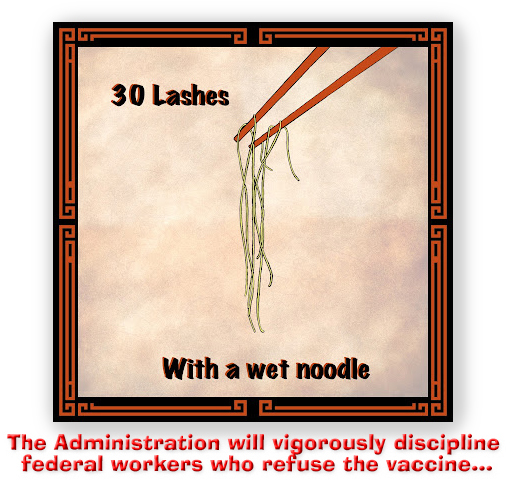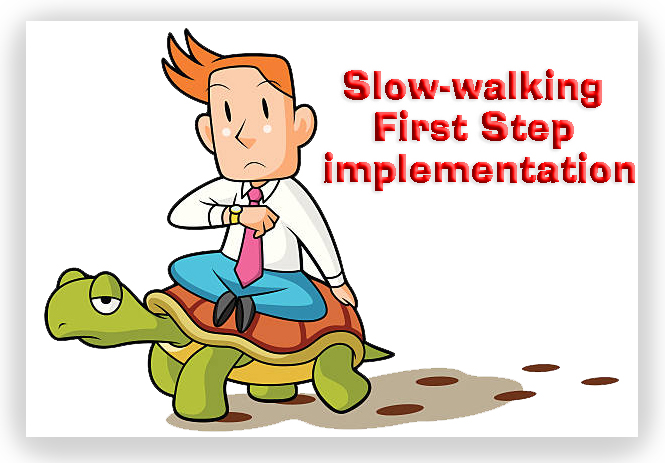We post news and comment on federal criminal justice issues, focused primarily on trial and post-conviction matters, legislative initiatives, and sentencing issues.

DURBIN AGAIN CALLS FOR BOP DIRECTOR’S FIRING
 Arguing that Bureau of Prisons Director Michael Carvajal “has shown no intention of reforming the institution,” Senator Richard Durbin (D-Illinois) repeated his call that demanded his firing in a speech last Thursday on the floor of the Senate.
Arguing that Bureau of Prisons Director Michael Carvajal “has shown no intention of reforming the institution,” Senator Richard Durbin (D-Illinois) repeated his call that demanded his firing in a speech last Thursday on the floor of the Senate.
Durbin, the second-ranking member of the Senate (and chairman of the Senate Judiciary Committee), cited a recent Associated Press investigation that revealed over 100 BOP officers and employees had been criminally charged in the past two years – a rate more than double the Dept of Justice average – for crimes ranging from smuggling contraband into facilities to sexual abuse of prisoners. “For years,” Durbin said, “the Bureau of Prisons has been plagued by corruption, chronic understaffing, and misconduct by high-ranking officials.” He also cited the 2019 suicide of sex criminal Jeffrey Epstein at MCC New York, which closed earlier this year.
AP reported last Thursday that “under Carvajal’s leadership, the agency has experienced a multitude of crises, from the rampant spread of coronavirus inside prisons and a failed response to the pandemic to dozens of escapes, deaths and critically low staffing levels that have hampered responses to emergencies.”
 Durbin, whose Judiciary Committee exercises oversight of the BOP, first called for Carvajal’s firing on November 16, after the release of the AP’s investigation. The AP found what it called “rampant criminal activity” by BOP employees and alleged the “agency has turned a blind eye to employees accused of misconduct.”
Durbin, whose Judiciary Committee exercises oversight of the BOP, first called for Carvajal’s firing on November 16, after the release of the AP’s investigation. The AP found what it called “rampant criminal activity” by BOP employees and alleged the “agency has turned a blind eye to employees accused of misconduct.”
In his speech, Durbin cited the BOP’s appointment of Lamine N’Diaye as warden at FCI Fort Dix. N’Diaye was warden at MCC New York when celebrity child molester Jeffrey Epstein died, allegedly as a suicide. The AP reported that the BOP previously tried to place N’Diaye in the Fort Dix job, “but the move was stopped by then-Attorney General William Barr after the AP reported the transfer.” In January 2020, the BOP said it would defer the N’Diaye’s transfer to the FCI Fort Dix position until the Epstein investigation was completed but later made the switch anyway.”
“In the nearly two years since Director Carvajal took control of the Bureau, he has failed to address the mounting crises in our nation’s federal prison system,” Durbin said Thursday. “It is far past time for new, reform-minded leadership in the Bureau of Prisons.”
Trump Administration Attorney General William Barr appointed Carvajal. However, current Deputy Attorney General Lisa Monaco said recently that she still had confidence in his leadership.
The AP reported last June that the Biden administration was considering replacing Carvajal, one of the few remaining Trump administration holdovers at DOJ.
 Many think it’s time to do so. BOP is “an agency that is largely unaccountable to the public,” the “people that it purports to protect” and even its staff, Amy Fettig, executive director of the Sentencing Project told the Washington Post last week. “We should never have a government agency that operates with so little public accountability,” Fettig said about the BOP. When we do, she said, “bad things happen.”
Many think it’s time to do so. BOP is “an agency that is largely unaccountable to the public,” the “people that it purports to protect” and even its staff, Amy Fettig, executive director of the Sentencing Project told the Washington Post last week. “We should never have a government agency that operates with so little public accountability,” Fettig said about the BOP. When we do, she said, “bad things happen.”
As if to put an exclamation point to that, the US Attorney for Northern California announced last Friday that John Bellhouse has been charged with several counts of sexual abuse of a woman prisoner at FCI Dublin.
Business Insider, Top Democrat calls on Biden administration to fire the Trump-era head of federal prisons, citing inmate abuse and the death of Jeffrey Epstein (December 2, 2021)
AP, Durbin: Prisons chief has ‘no intention of reforming’ system (December 2, 2021)
AP, AP Exclusive: Feds backtrack on transfer of Epstein warden (January 28, 2020)
Washington Post, Lawbreakers in federal prisons include prison staff, report finds; senators demand accountability (December 1, 2021)
Press Release, US Attorney for Northern California, Federal Correctional Officer Charged With Sexual Abuse of an Inmate (December 3, 2021)
– Thomas L. Root
























